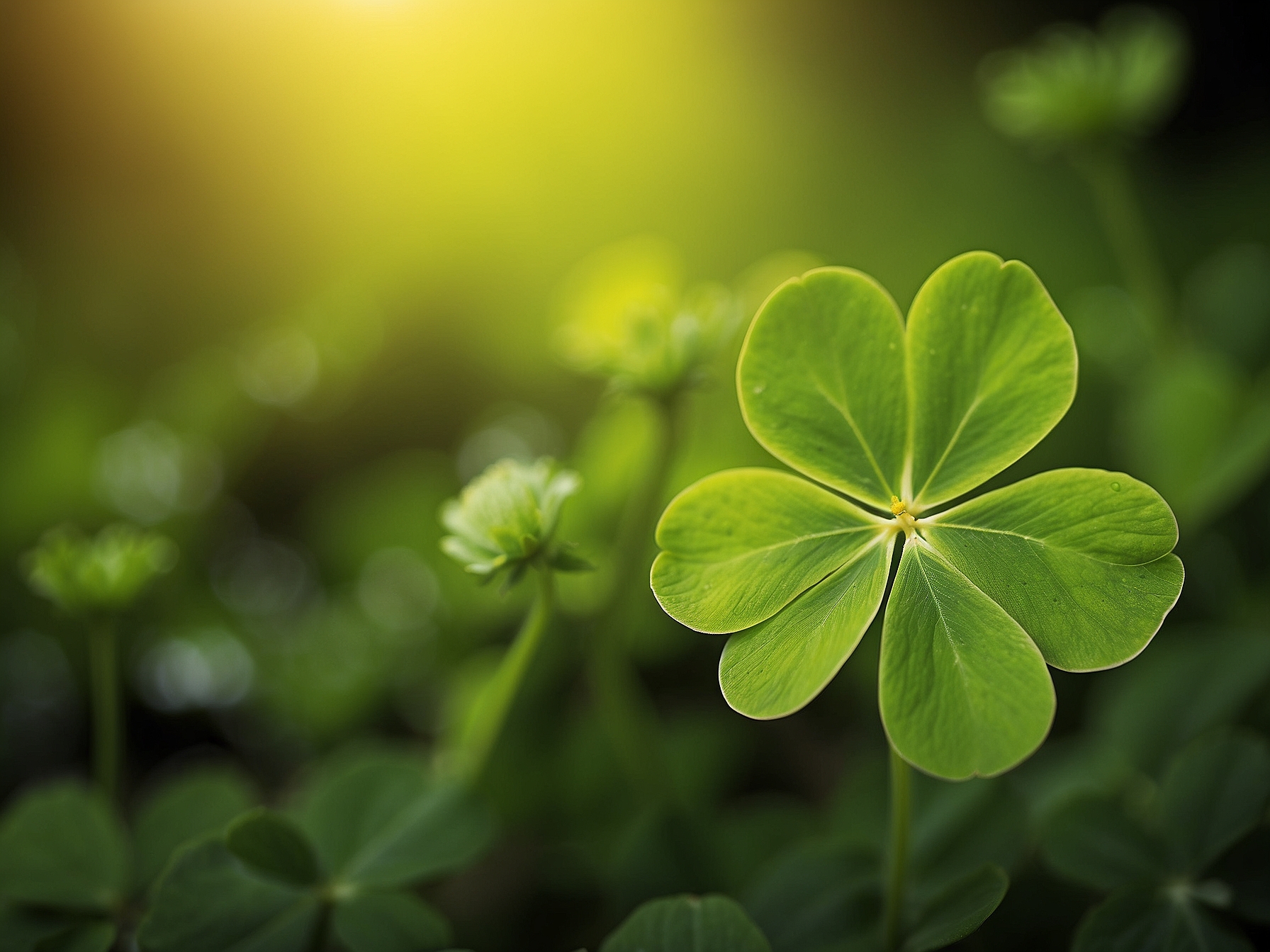

For some people, St. Patrick’s Day is a celebration of their Irish heritage. For others, it is primarily a religious day. (It’s named, after all, for a legendary religious figure.) More recently, it has become a celebration of Irish culture in general. But many people don’t know that St. Patrick’s Day also plays an important role in American history. Specifically, with the American Revolution.
***
There have been few winters more brutal than that of 1779-1780. For the American soldiers of the Continental Army, conditions were even worse than they had been two years earlier at Valley Forge. Most of the army was camped near Morristown, New Jersey, buried under nearly six feet of snow. The soldiers had been struck by twenty-eight different snowstorms since the beginning of winter. There was a constant shortage of food and supplies. George Washington wrote that soldiers often had to go “five or six days together without bread, at other times as many days without meat, and once or twice, two or three days without either.”1 Smallpox was a constant threat. Few soldiers had adequate clothes. Most had not been paid in months.
Of the 8,000 troops in the camp, Washington estimated that as many as one-third were unfit for duty.
Despite these appalling conditions, duty never stopped. There was still a war to be fought. The men were so busy, they hadn’t even had the time to celebrate Christmas.
Washington knew something had to be done. The situation was so bad, and morale so low, that the entire army seemed on the verge of deserting. So, as winter went on, with no hope for an early spring, he began to look at a very specific date on his calendar:
March 17.
It was a well-chosen date. The day already had a tradition of being the anniversary of St. Patrick’s death. And the American army was an increasingly Irish-American army. Over 200,000 Irish people had emigrated to the colonies in the 18th century, the largest of any immigrant group.2 Many came from a long tradition of opposing British rule. As the Revolutionary War dragged on, more and more began volunteering for the Continental Army. Washington’s own aide was from Ireland, as were several of his subordinates. Of the rank-and-file, approximately 25% were either Irish-born or of Irish descent.3
Then, early in the year, news came through the camp of a possible armed revolt in Ireland. To the Americans, the idea of other kindred spirits fighting for their own liberty against the British was an inspiring one.
This convinced Washington the time was ripe to give his soldiers something they desperately needed: A holiday. And so, he selected March 17, 1780. St. Patrick’s Day.
“The general congratulates the army on the very interesting proceedings of Ireland and the inhabitants of that country which have been lately communicated; not only as they appear calculated to remove those heavy and tyrannical oppressions on their trade but to restore to a brave and generous people their ancient rights and freedom and by their operations to promote the cause of America. Desirous of impressing upon the minds of the army, transactions so important in their nature, the general directs that all fatigue and working parties cease for tomorrow the seventeenth, a day held in particular regard by the people of the nation.” 2 – George Washington, Proclamation, March 16, 1780
This was actually not the first time Washington turned to Ireland for inspiration. Four years before, he had watched British troops evacuate Boston after an eleven-month siege. It was his first major victory of the war. That day, Washington ordered that anyone wishing to re-enter the city must provide a password and countersign. The password: Boston.
The countersign? St. Patrick.
Back in 1780, the holiday was exactly what the Continental Army needed. One local newspaper reported that day was “…ushered in with music and hoisting of colors, exhibiting the 13 stripes, the favorite Harp, and an inscription declaring in capitals, THE INDEPENDENCE OF IRELAND.”4 There were parties of music and dancing throughout the camp. A Pennsylvania brigade was able to procure an entire barrel of rum. One Irish relief organization was so grateful to Washington that they named him an honorary member of their society.
Of course, the Revolutionary War still had several years left to go. But that one St. Patrick’s Day celebration helped the soldiers who secured our independence to rediscover their morale, spirit, and hope for the future. It was not only a chance for them to celebrate where they had come from. It was a chance to rededicate themselves to where they were going.
Today, St. Patrick’s Day is a celebration of Irish heritage and culture. But it’s also a chance for us as a country to do what our ancestors did: Raise our spirits, lift up morale, celebrate our past…and look forward to our future. This year, may we all do just that! So, on behalf of everyone at Hudock Capital Group, we wish you a very happy St. Patrick’s Day!
Sincerely,
Barbara B. Hudock CIMA®, CPM®
Chief Executive Officer
Founding Partner
Michael J. Hudock, Jr., CPM®
President and Founding Partner
Wealth Consultant
